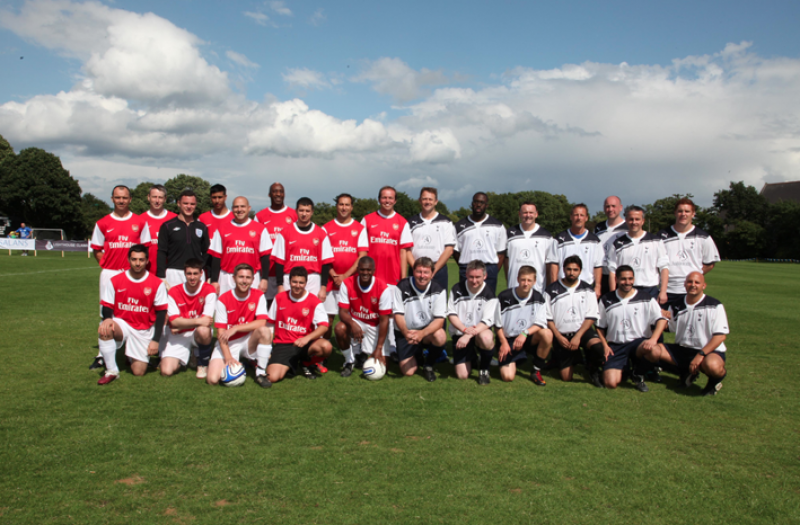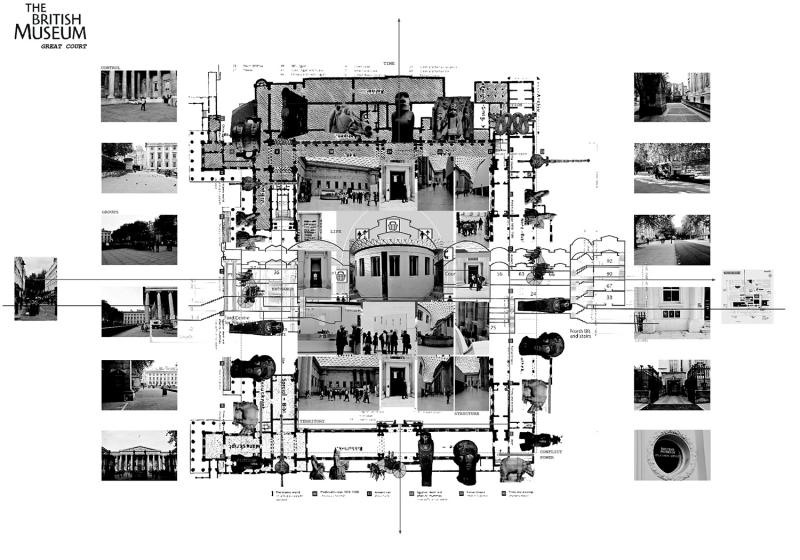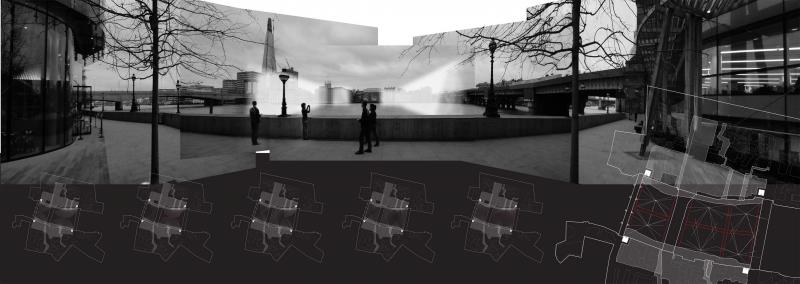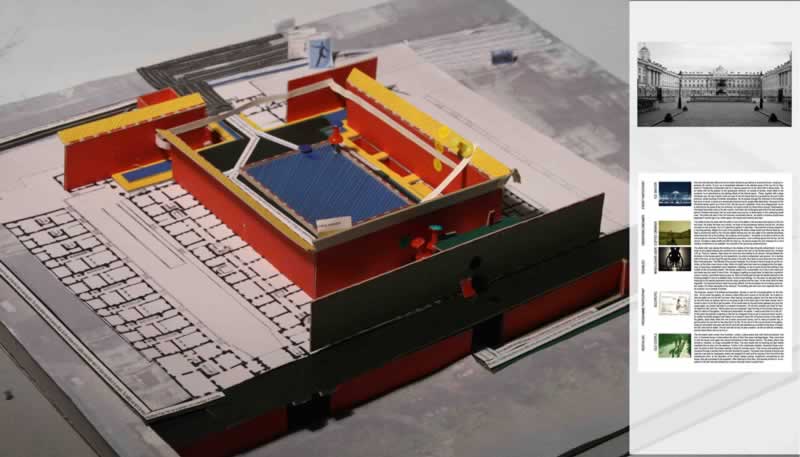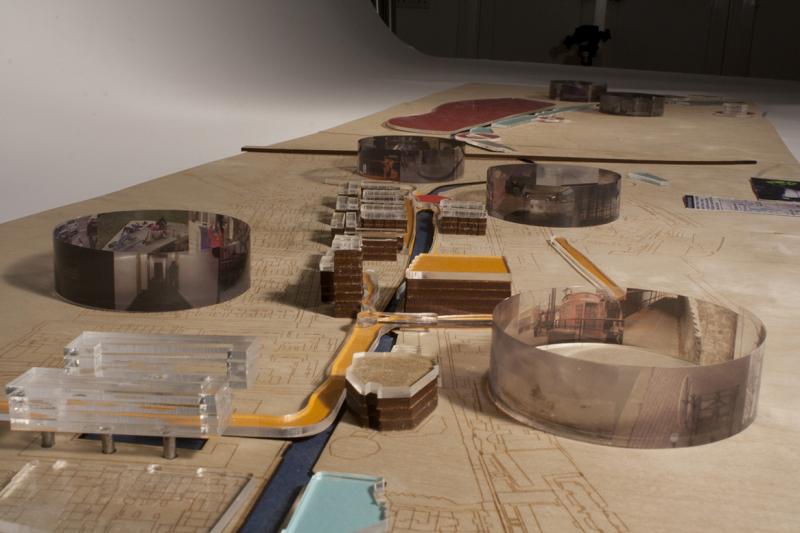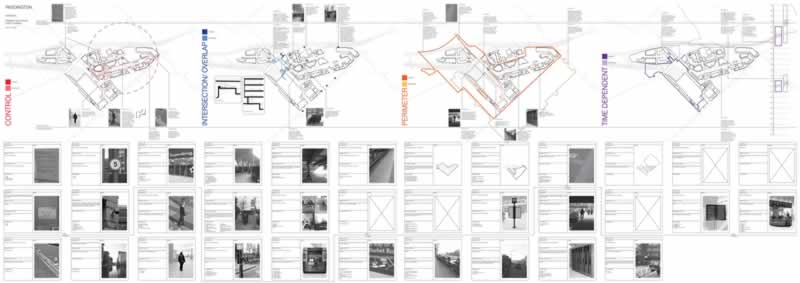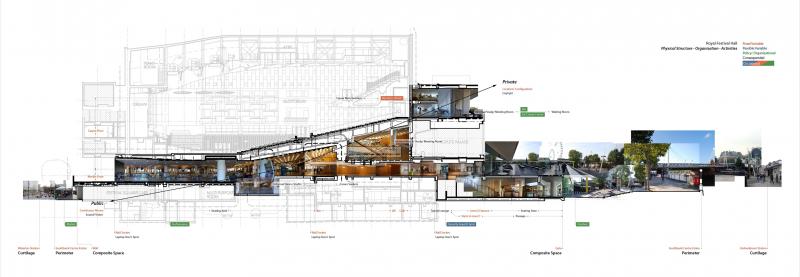As we experience the city, we mediate physical and social structures that include ever-changing combinations of fixed and flexible variables. Using these variables, and working with direct action, video, physical models, computer models, working drawings, text, animations and primary evidence, Diploma 10 has proposed nine composite spaces that act as catalysts for change at the architectural and urban scales.
1. In UCL, the ‘Space of Spectacle’ blurs the distinction between interior and exterior space and exploits the university’s role as an urban catalyst.
2. ‘Reconfiguring Walthamstow High Street’ combines variables of control, crime, accessibility, management, ownership, traffic and exchange to create a controlled space of social interaction.
3. As a network, spanning contrasting London locations, ‘Courtyards’ proposes spatial and cultural interventions that will increase the civic role of redundant courtyards.
4. At London Bridge, the ‘Virtual Square’ proposes multiple image projections over the Thames that will be experienced from the redesigned embankments situated to the north and to the south.
5. Reactivating the Thames at Wapping, the ‘E1 Station’ reconfigures London’s logistics and combines the transfer of goods and citizens to create a new setting for the live realm.
6. ‘The Stories of the Canal’ uses different forms of spatial representation to create a series of narratives or live projects on the Regent’s Canal.
7. Spatial experiments in Aldgate’s ‘Crossing Boundaries’, re-order the current streetscape and propose flexible structures that enable the city’s inhabitants to reclaim the public realm.
8. By transforming the tensions that divide Arsenal and Tottenham, ‘Clubland’ proposes a fragmented but integrated structure of sport along Seven Sisters Road.
9. ‘The Secondary City’ proposes alternative configurations of public services that challenge the commercial developments adjacent to Paddington Station.
Workshops
Jan Willem Peterson
Alex Warnock-Smith
Tom Heneghan
Tamao Hashimoto
Matthew Murphy
